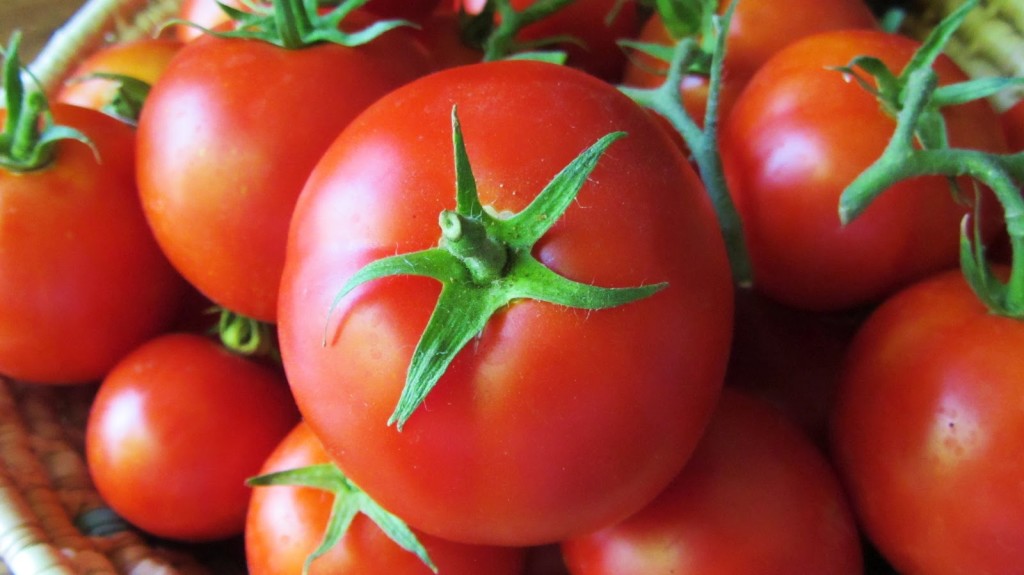By David Wall, Mount Pleasant Master Gardener
Roma tomatoes are a determinate variety and grow more as a bush than a vine. The produce flowers at stem tips, and where tomatoes develop all at once. This results in a quick and highly prolific production cycle, which is great for canning. Fruit production ends by mid to late July. You can expect 55-62 fruit per plant. As a determinate, pruning is not necessary.
Roma tomatoes average 3” in size, and as such, are smaller than most slicer varieties, but they’re bigger than cherry tomatoes. The have a shape like an egg or pear and are not juicy, because they have less water than most slicer varieties. They also have fewer seeds. As a result, they are not juicy. Most are red, but orange and yellow varieties are available. They do possess a thicker skin than most slicers and combined with these above qualities, are thus great for sauces, roasting and drying, canning, and tomato paste.
Roma tomatoes are a recent tomato variety, having developed as a hybrid after WWII when new tomato varieties were needed for canning. Now, they are heirlooms. They were/are bred to resist diseases and pests with an ability to grow in different climates. Newer varieties are more disease resistant that when originally developed.
There are several varieties. Granader is very prolific, while Heinz is noted for above normal amounts of lycopene. Martino’s is great for sauce, and Marzino F1 is sweet and makes a great snacking treat. Old Ivory is egg shaped but easily cracks. Plum regal is a deep red Roma. Striped Roman is a large variety and can be up to 4-6” long. Sunrise Sauce is bushy and very good in containers. Ukrainian Purple is naturally cold tolerant.
Roma tomatoes are nutritional, containing vitamin A and C, Potassium, lutein, zeaxanthin, and lycopene.









